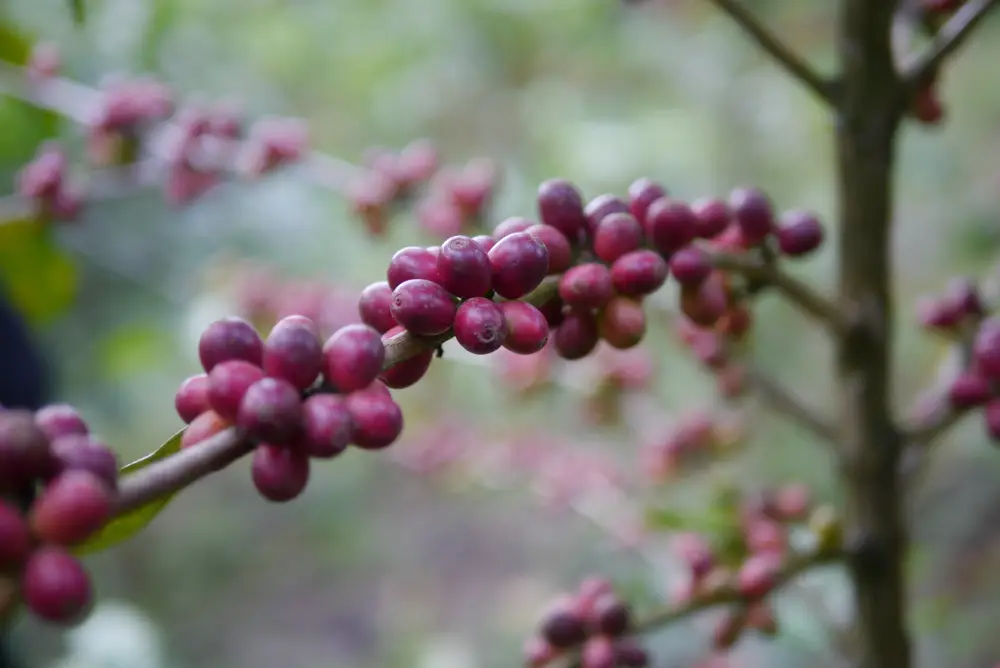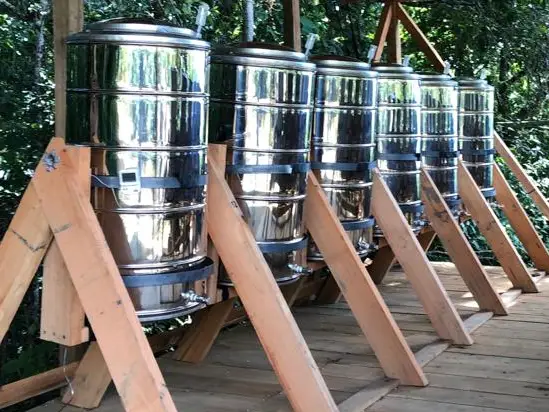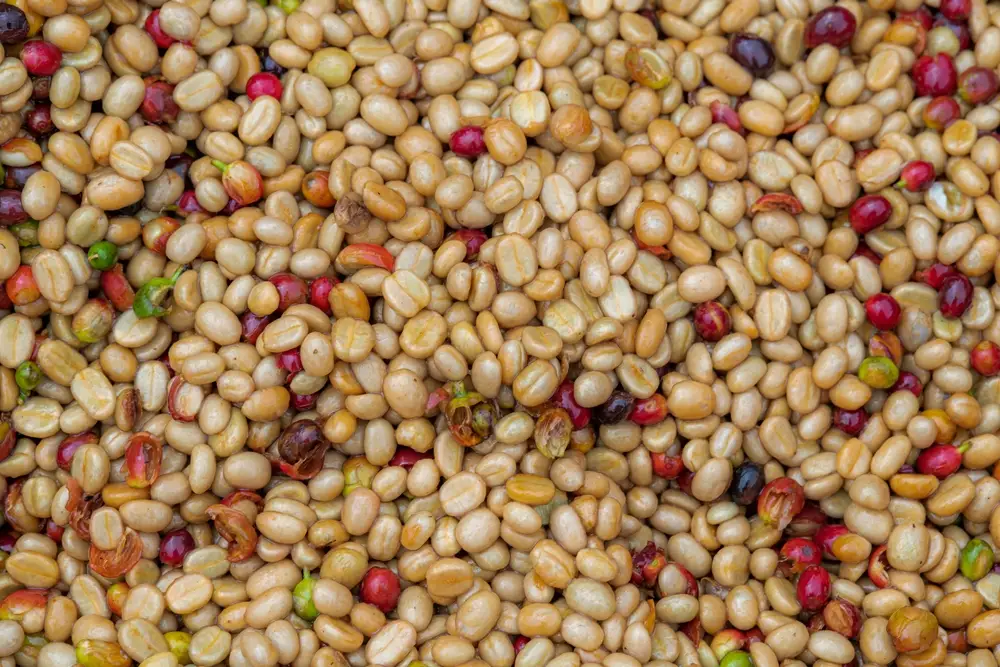
What Is Gesha (Geisha) Coffee?
What Is Gesha (Geisha) Coffee? With so many qualities and varieties to choose from, coffee drinkers have become a very

Coffee as a beverage has been around for centuries. Through the years, the ways we brew coffee have changed greatly. The same can be said for how producers process harvested coffee beans. One method that is gaining popularity among coffee connoisseurs is anaerobic processing.
Anaerobic coffee refers to beans that have undergone a special, oxygen-free fermentation process after they have been harvested. Typically, anaerobic processing uses airtight tanks into which coffee cherries are placed. The fermentation process can take 12 to over 100 hours.
Harnessing the power of naturally occurring microscopic organisms, anaerobic coffee may sound more like a science experiment than a coveted form of coffee. But from the looks of it, this unique processing method is here to stay, so here’s what you need to know about it.
In order to fully appreciate anaerobic processing in coffee, it is important to step back and understand the basics of fermentation. The art of fermentation has been around for thousands of years and has been used by civilizations around the globe.
Simply put, fermentation is a natural process by which microbes (i.e., bacteria and yeast) break down certain substances, say sugars, into simpler substances like carbon dioxide and alcohol.
This may sound a bit off-putting, but chances are, some of your favorite foods are fermented. For example:
Believe it or not, fermentation can play a key role in the characteristics of your favorite coffee. To some degree, regardless of the processing method (i.e., natural, washed, semi-washed, etc.), all coffee beans undergo fermentation once they have been harvested.
Freshly picked coffee cherries naturally contain sugars and other substances that serve as fuel for microorganisms. When the two are brought together under the right circumstances, conditions are ripe for fermentation to occur.
The word anaerobic refers to the absence of oxygen. Thus, anaerobic processing requires that coffee cherries be put into an oxygen-free environment. In most cases, this means placing them in stainless steel vats or similar enclosures where oxygen cannot enter.

These are the key aspects of anaerobic processing:
Processing coffee cherries in this manner requires great skill to produce the desired result. So why go through this process?
It is said that anaerobic coffees present unique flavor characteristics including enhanced sweetness and fruitiness, smoother body, reduced acidity, and deeper finish.
But ultimately, as with so many things when it comes to coffee, you will have to be the judge.
Another processing method that has been getting some attention lately is known as carbonic maceration. The basic concept is similar to anaerobic processing. Both methods rely on creating an oxygen-free environment allowing microorganisms to go about their fermentation business.
The main difference between carbonic maceration and anaerobic processing has to do with the state of the coffee cherries when they are placed into the fermentation vessel:
In terms of brew profile, carbonic maceration produces unique traits, including fruit-forward flavors, earthy notes, and buttery sweetness.
If you’re the adventurous type and looking for something new to add to your brewing regimen, then anaerobic or carbonic maceration coffees might be for you. But before you rush out to stock up on them, just know that these processes are far from exact sciences.
Producers and roasters are still figuring out the nuances of letting microscopic organisms do their thing while keeping the fermentation process under control. But for now, the results are definitely promising so stay tuned.

What Is Gesha (Geisha) Coffee? With so many qualities and varieties to choose from, coffee drinkers have become a very

Learn about Trinidad Coffee Company and the unique approach we take toward sourcing our beans and roasting handcrafted artisan coffees
Subscribe and be the first to know about new products, special discounts, and limited releases.
We use cookies to enhance your browsing experience, serve personalized ads or content, and analyze our traffic. By clicking “I Understand”, you acknowledge our use of cookies. Visit our Privacy Policy for more info.